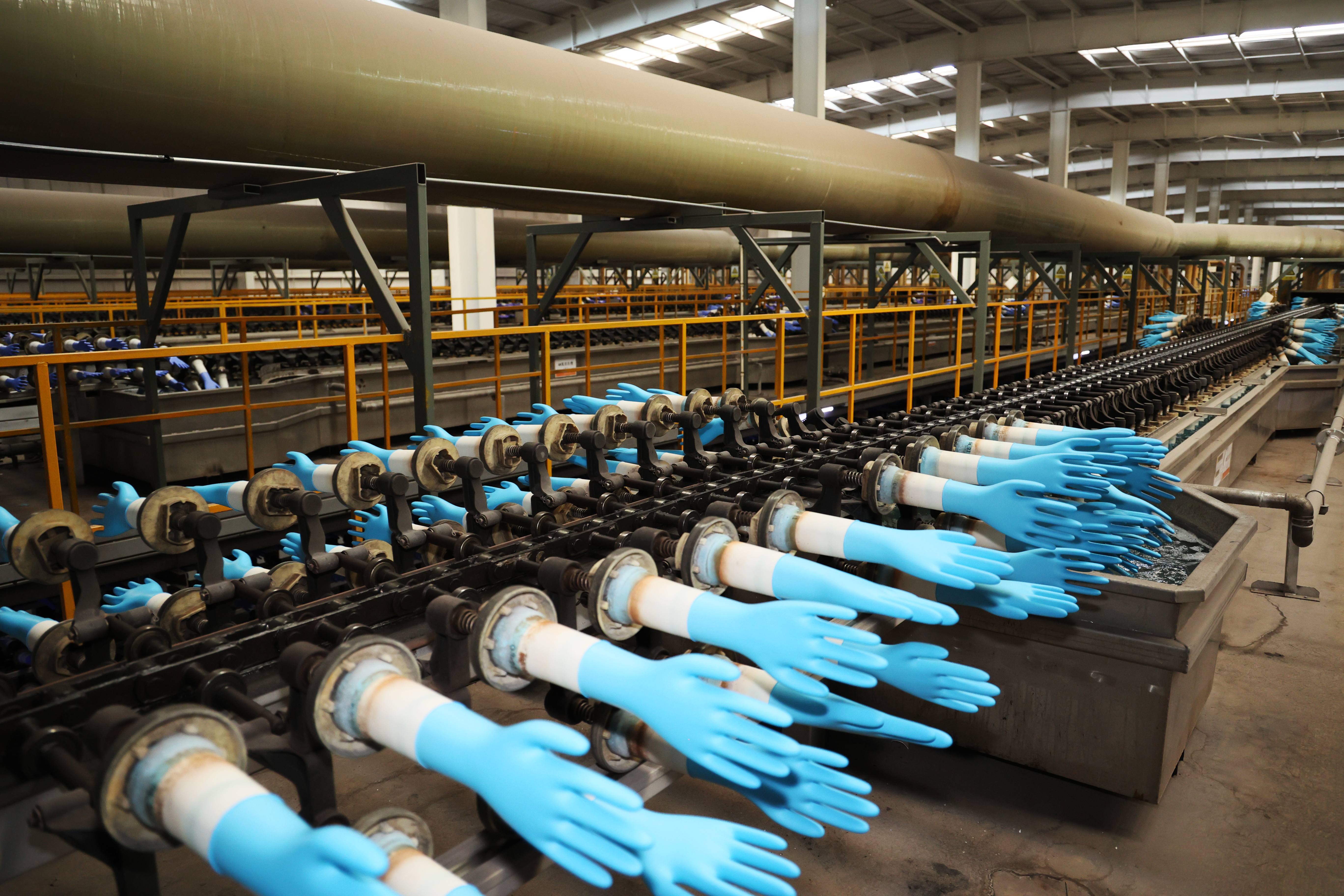Knowledge
KINGFA Solutions
Hand Protection
Respiratory Protection
Environmental Solutions
Industrial Protection
Filtering Material
Protective Apparels
Laboratory Solutions
Email:
kingfamed@kingfa.com
Address:
No.33 Kefeng Road, Science City, Guangzhou, Guangdong Province, China, 510663
INQUIRY
How to Select Hand Protection Equipment?
Cleanroom Gloves: Processes & Application
KINGFA Biodegradable Solution
FDA Approved
classification
EN
CE Certificate
ISO
en 374
KINGFA,Biodegradable nitrile gloves
latex-free gloves
medical gloves
Accelerator-free nitrile gloves,Hypoallergenic,super-soft
FIME 2025
KINGFA Face Masks
EU Medical Mask Standards
FFP2 Mask
Meltblown Fabric
Chemical-resistant nitrile gloves
Industrial hand protection
Agriculture,Laboratory
Chemical-Resistant Nitrile Gloves
Choose Respiratory Protective Equipment
Kingfa Medical Laboratory Consumable
Advancing Safety: Black Nitrile Gloves
Nitrile Gloves
Knowledge
The Application of Nitrile Gloves in the Household Cleaning Industry
Traditionally, powdered gloves posed dual concerns - the potential for dust generation during use and the allergen potential associated with the powders. Nitrile gloves have deeply sidestepped these issues, being entirely powder-free, ensuring not only a hygienic environment but also catering to individuals who are prone to allergies.
READ MORE

Powdered Gloves VS. Powder-Free Gloves
What is the difference between powdered gloves and powder free gloves?
Powder free gloves significantly reduce the transfer of latex protein particles to the skin and airways due to the chlorine washing process.
READ MORE

Evolution of Medical Gloves: Why are all medical surgical gloves powder-free?
Medical gloves, first introduced by Johns Hopkins Hospital, evolved with powdered versions facing safety concerns. The FDA banned powdered gloves in 2016, promoting the use of powder-free gloves in medical procedures.
READ MORE

What is Chlorination Process of Disposable Gloves?
The chlorination process removes excess powder from gloves and reduces friction when gloves are worn.It is widely used in the production of nitrile and latex gloves. How is chlorination of gloves achieved?What are the advantages and disadvantages of this treatment process? Let's find out more!
READ MORE

SUCCESS
You've successfully subscribed to our newsletter.
OK
